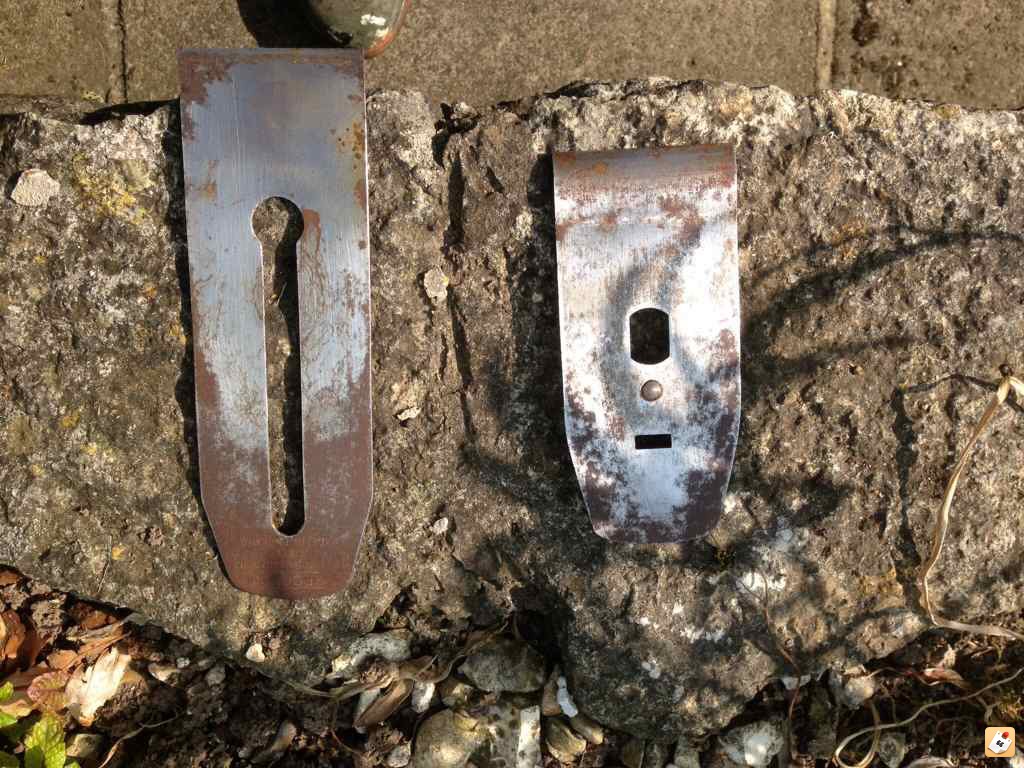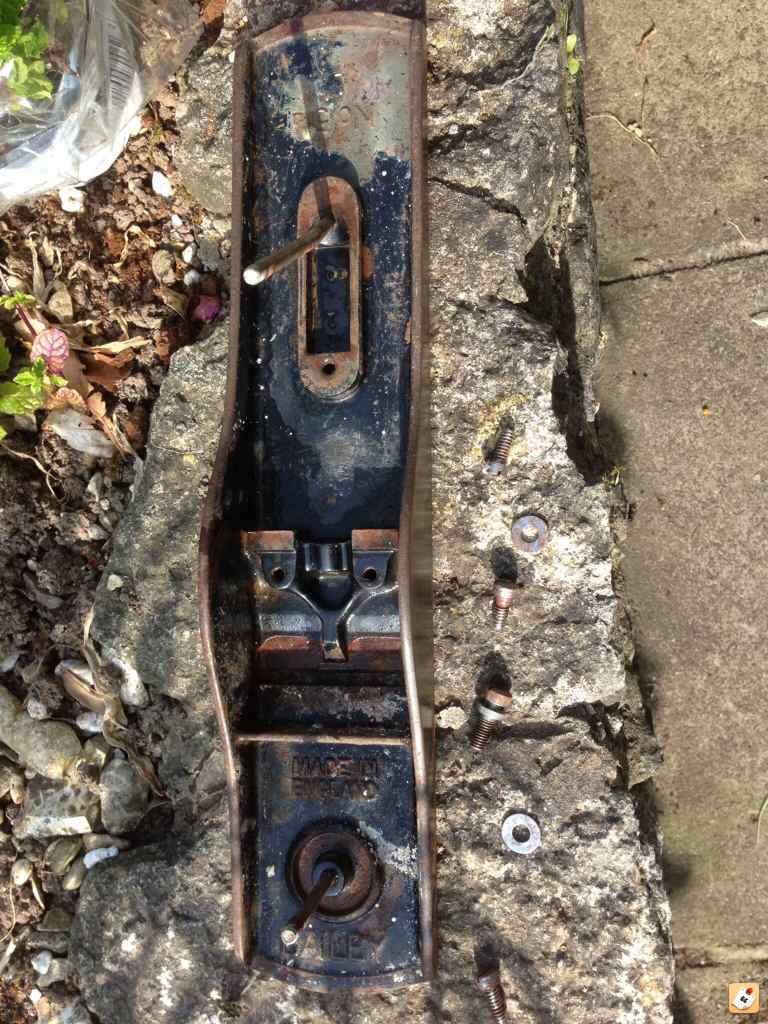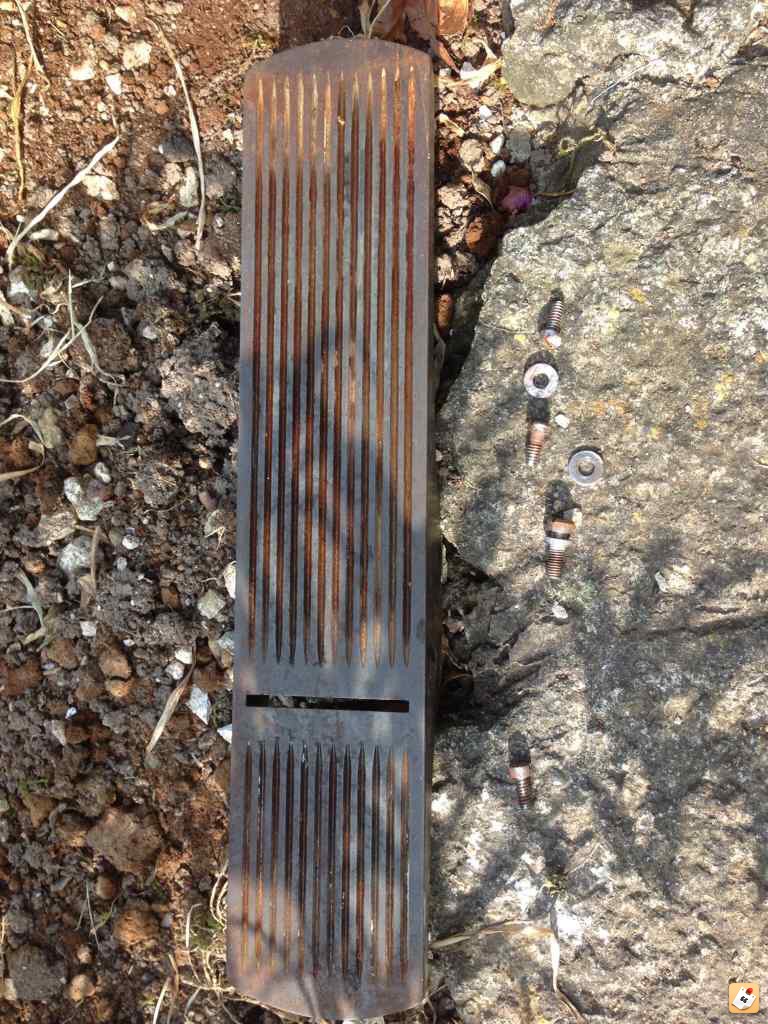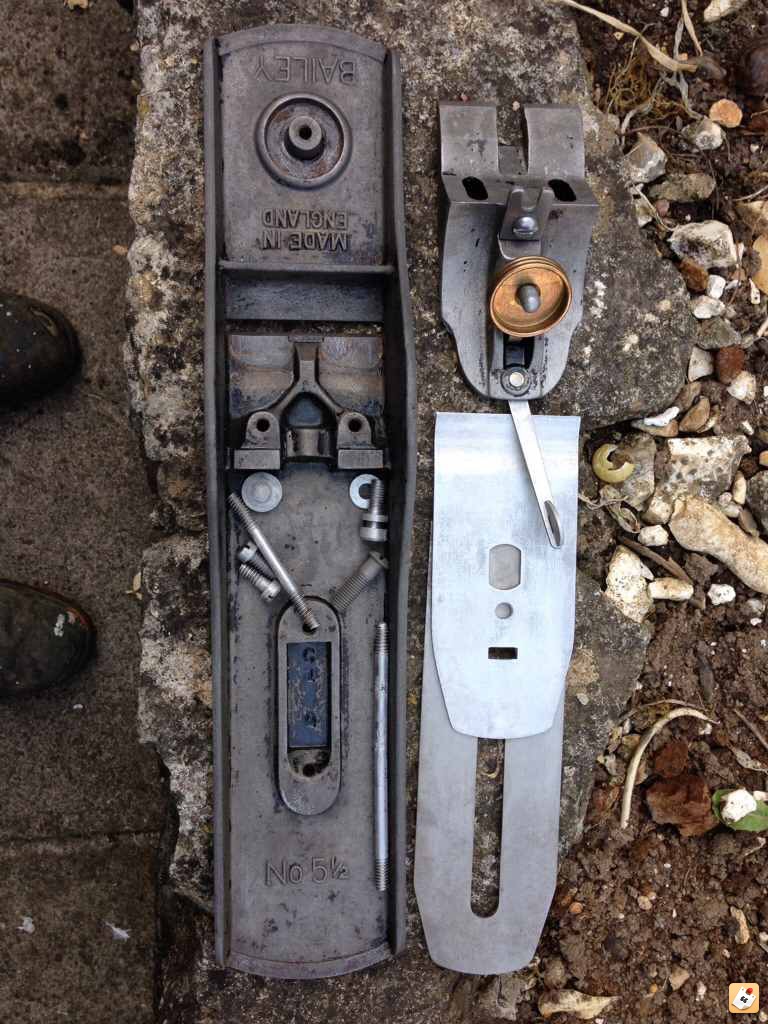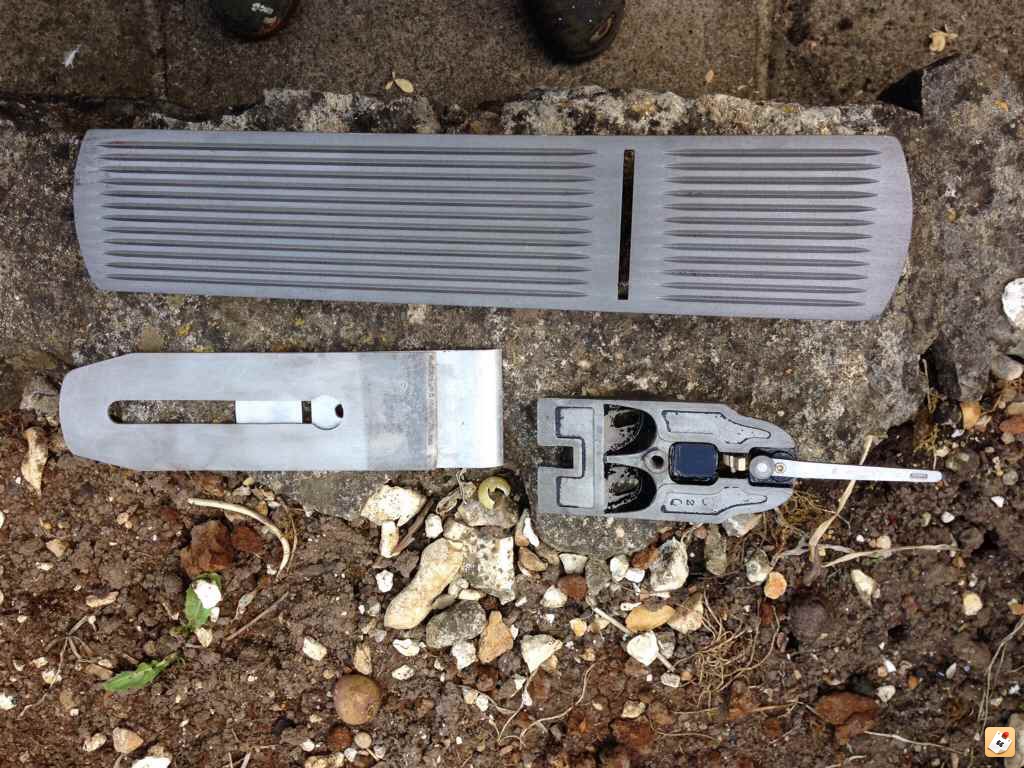Green
Established Member
Hi
A few questions:
1. Does this only work with DC current?
2. What are the minimum/maximum voltages?
Just trying to make sure I have this right before proceeding as I think electricity is the work of the devil.
Cheers
A few questions:
1. Does this only work with DC current?
2. What are the minimum/maximum voltages?
Just trying to make sure I have this right before proceeding as I think electricity is the work of the devil.
Cheers

































